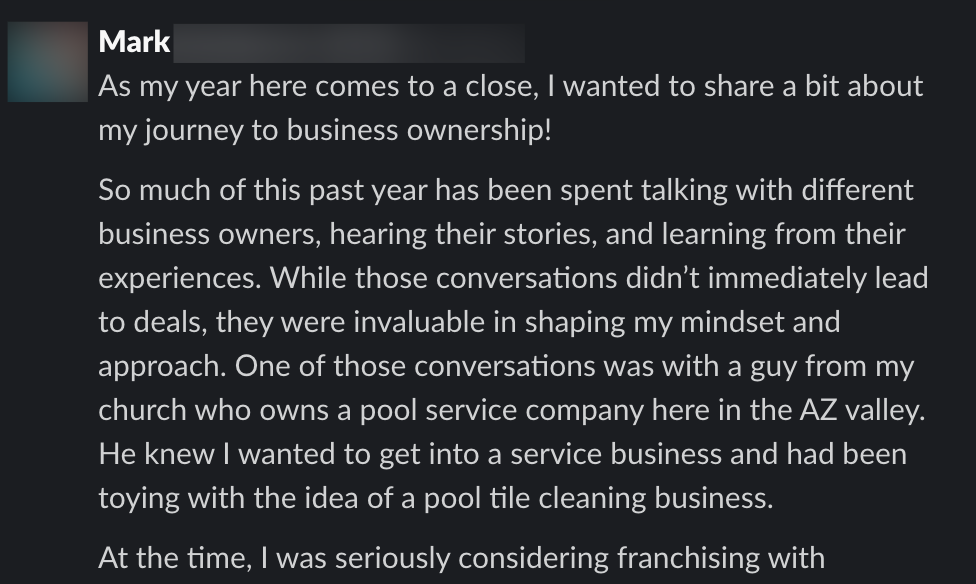

If you want to know where future fortunes will be made, don’t look at markets; look at rooms.
Why? Wealth follows proximity. The closer you are to capital, information, and ambition, the higher your expected return. If compounding is the eighth wonder of the world, proximity is the ninth.
Economists call it agglomeration, the phenomenon where productivity and innovation rise as people and ideas cluster together.
You can see it from space: in the skyscrapers of Manhattan, the office parks of Palo Alto, the warehouses outside Shenzhen. Money attracts money; talent attracts talent. Capital, in every form, behaves like gravity.
America’s story is really a map of these high-density clusters, a country built by people who showed up in the same rooms to build something.
A few dozen men crammed into a room in Philadelphia and designed the operating manual for the most successful startup in history: the United States.
In Detroit, engineers, suppliers, and union leaders clustered around a single idea — mobility — and turned it into the foundation of the American middle class.
Across the Midwest, steel, rail, and finance connected Chicago, Cleveland, and Pittsburgh into an industrial artery that powered the nation’s growth for a century.
Down south, Houston became the beating heart of the energy age, a city where oil, engineering, and global markets converged.
On the West Coast, storytellers in Hollywood built the world’s culture engine, while engineers in Silicon Valley built its digital one. And back east, Wall Street — just one street — was proof that proximity alone could become an institution.
That’s the Power Law of Proximity: opportunity concentrates, and the people close enough to feel the heat are usually the ones who capture the upside.

Presence is its own asset class. Yield is measured in things like better relationships, asymmetric insight, and time saved. Like any asset, the earlier you buy in, the greater your potential to compound.
Some think technology replaces all this. That you can hack proximity through screens. But what they don’t realize is that when screens flatten distance, they also flatten connection.
We as a society tried to convince ourselves we could replace rooms with Zooms entirely, and in doing so, we made rooms priceless. Why? The screen gives you reach; the room gives you depth. Now, the rarer face-to-face becomes, the higher its utility and value.
And the data is clear: proximity pays.
Screens offer you information, rooms offer you transformation. Ideas move faster, trust forms quicker, and momentum actually sticks when you can read the room instead of the chat.

Behavioral scientists Nicholas Epley and Juliana Schroeder once ran an experiment on train commuters. They asked passengers to predict whether they’d enjoy their commute more if they kept to themselves or talked to a stranger.
Most assumed silence would be better. But when they actually tried it? The people who held conversations with fellow passengers reported feeling significantly happier.
This paradox is what we, as a society, are now dealing with at scale.

Derek Thompson put it bluntly in The Atlantic: We’ve increasingly been living a “remote life” amid a complete restructuring of human interaction. And we’re paying for it.
We’ve built a world that defaults to isolation, even when real connection makes us happier and probably more wealthy.
Welcome to the anti-social century, Thompson says. We still have our closest friends and family. We still have our internet echo chambers. But we’re losing our communities. More drinks, fewer toasts. More texting, less talking. This erosion has real-world consequences:
This all sounds bleak, but we think it also creates an important opportunity…

Take Mark, one of our very own Contrarian Community members.
Mark was searching for the right business to buy. He spoke with dozens of owners, listened to their stories, and learned from their experiences.
But opportunity came from a familiar room: his church.
A fellow churchgoer had been thinking about starting a pool tile cleaning business, but hadn’t made the leap. That single conversation sparked an idea, which turned into a partnership:

It’s a great story, but it shouldn’t be surprising. For generations, this is how some of the best deals have gotten done: through proximity, trust, and handshakes.
The rooms you’re in shape who you are, who you become, and how much you can accomplish. The right room multiplies your potential. The wrong one drains it.
The lesson today is simple: Getting the right people in the right rooms creates magic. Over the next decade, the people who understand how to build, nurture, and leverage the right rooms will win big.
It’s that simple.


At Main Street Over Wall Street, expect a room full of business buyers sharing their playbooks, investors who want to fund you, operators looking for partners, and owners ready to sell.
For 3 days, some of the best people in small business will be under one roof doing what they do best: making deals.
But this isn’t just spreadsheets and strategy sessions. You’ll hit morning workouts with other builders. Swap ideas over drinks. It’s equal parts business and energy.
Secure your spot and check out the speakers, schedule, and more here:

📊 Get the Main Street Minute, the only newsletter that makes you a smarter business buyer every time you open it.


The information contained here is educational, may not be typical, and does not guarantee returns. Background, education, effort, and application will affect your experience and the profitability of any business. Individual results may vary.
